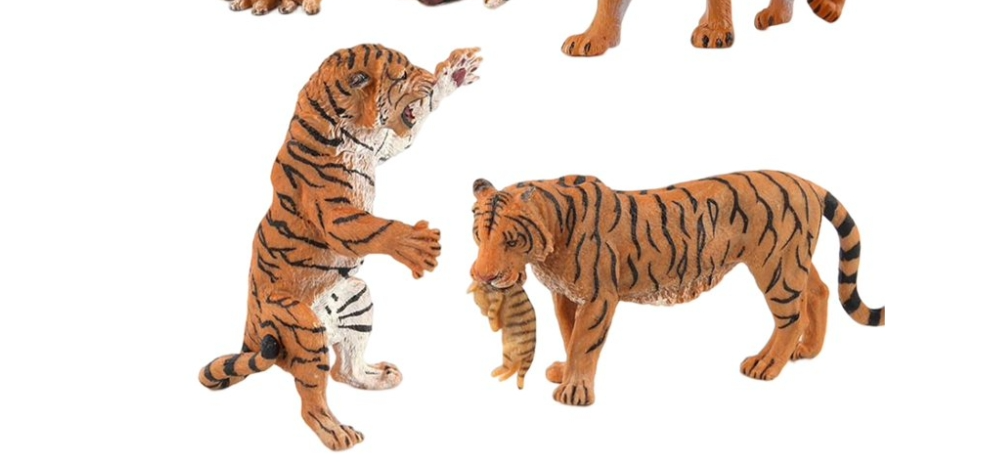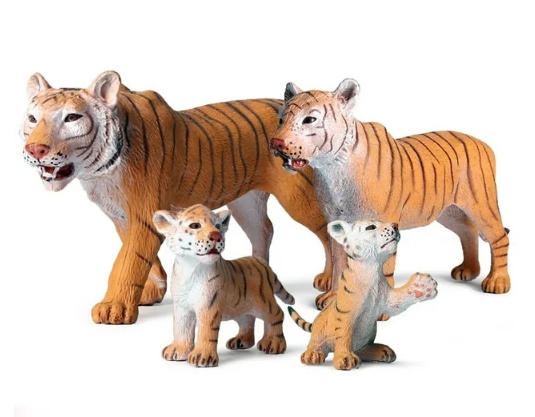Tigers, as one of nature's most majestic and charismatic creatures, have long been the subject of various cultural and artistic expressions. The tiger model is not only a delicate craft, but also an educational tool and ornament. Well-made tiger models are usually made of high quality materials such as resin, ceramic or metal, and are carefully carved and painted to show the tiger's fierce appearance and unique texture.
Tiger models are commonly seen in museum displays, wildlife conservation campaigns, and decorations in homes and offices. They not only add to the visual beauty of the space, but also inspire people's interest in wildlife and conservation awareness. Through these models, the audience can more intuitively understand the physical characteristics, behavior and habitat needs of tigers, thereby enhancing their awareness and respect for the natural world.
In addition, tiger models are often used in education to help students understand biodiversity and ecological balance. Whether in the classroom or in home education, a vivid tiger model can be a powerful tool to guide discussions and make the learning process more lively and interesting.




